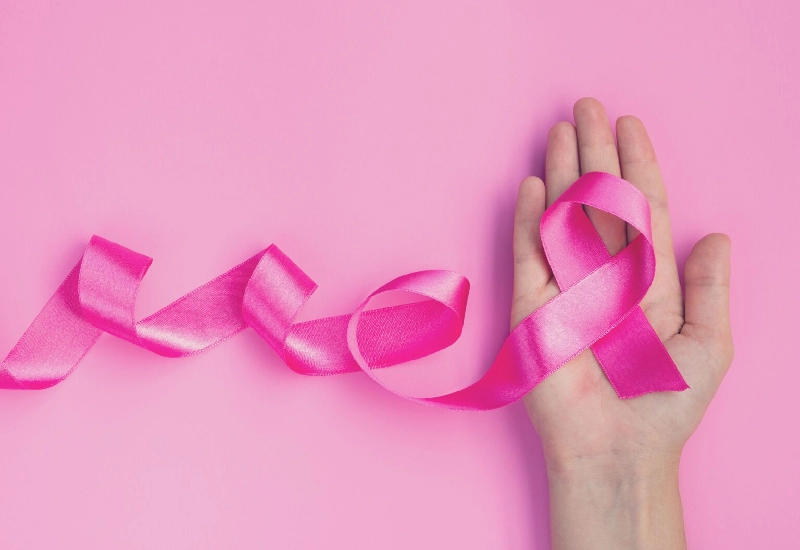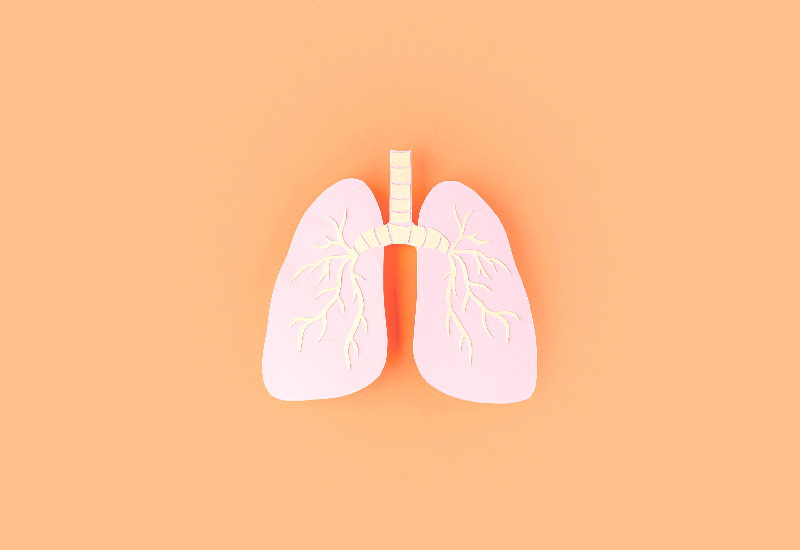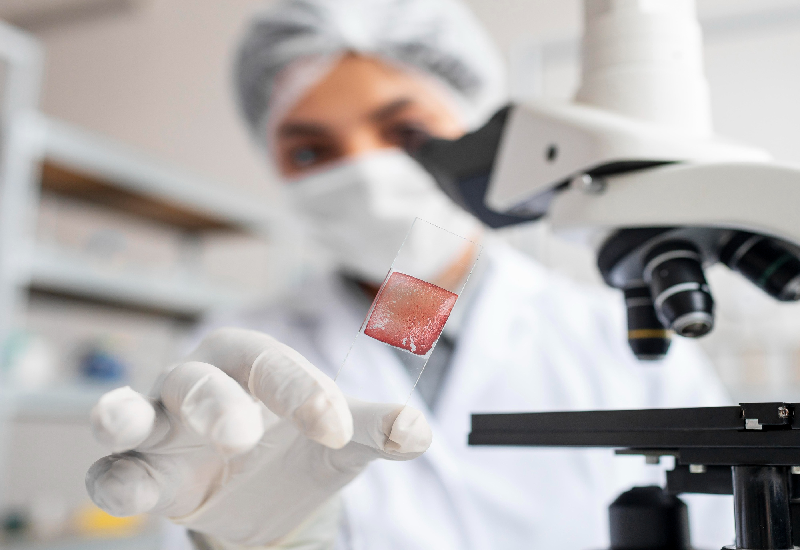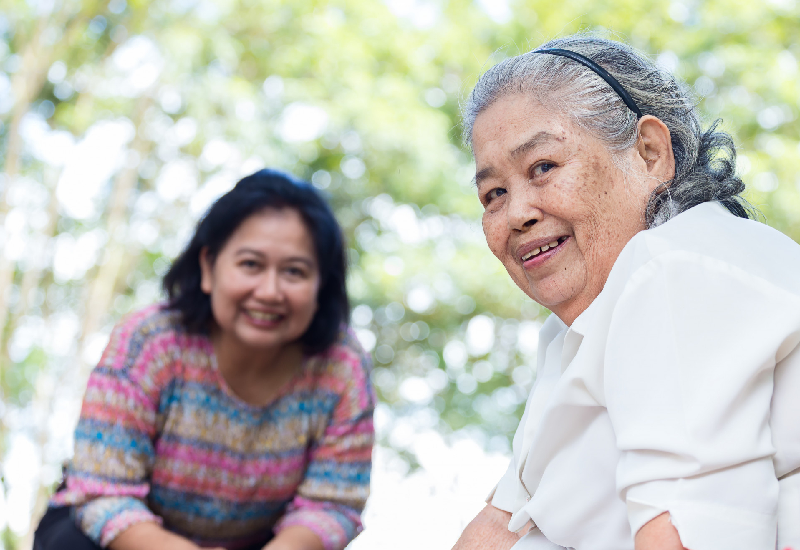Identifying visible breast cancer signs is crucial, potentially making the difference between an early diagnosis and a more challenging prognosis.
Breast cancer, a significant health concern affecting millions worldwide, ranks number one in cancer incidence, with 13.2% of new cases in the Southeast Asia region (Globacan report, 2022).
Despite the hidden nature of cancer, breast cancer manifests through subtle visual signs that are easily overlooked.
Recognizing these indicators is essential in the battle against this cancer. Early detection significantly enhances treatment outcomes. Understanding and identifying these signs can empower individuals in their journey toward timely intervention and effective management of this disease.
What is breast cancer?
Breast cancer is a malignant condition originating from breast tissue. It is characterized by uncontrolled cell growth and ranks as the most prevalent cancer among women worldwide.
Timely detection plays a pivotal role in effective management. Early diagnosis expands treatment options and improves the likelihood of positive outcomes. Regular self-examinations, clinical assessments, and mammograms are essential for identifying breast cancer during its most treatable stages.
While this cancer primarily develops deep within breast tissue, it occasionally presents visible signs on the skin. Recognizing these signs is crucial for early detection and intervention.
Here are eight signs to watch out for:
1. Changes in breast skin
The cancer can occasionally alter the appearance of the skin, causing it to become thicker, reddened, or dimpled. If you observe any unusual changes in the texture, color, or look of your breast skin, it’s crucial to consult a healthcare provider promptly.
2. Unusual lumps or thickened areas
One of the primary early indicators of breast cancer is the presence of abnormal lumps or areas of thickening within the breast tissue. These lumps are typically painless but may cause discomfort at times.
Remember, not all new or unusual breast lumps signify cancer. However, performing regular self-exams and discussing any changes with your healthcare provider is essential for early detection and evaluation.
3. Skin dimpling or puckering
It can affect the skin’s texture, leading to dimpling or puckering that resembles an orange peel. This condition, known as peau d’orange, occurs when cancer growth impacts the breast ligaments, causing the skin to retract.
If you notice this dimpled or puckered appearance, particularly when raising your arms, it’s important to seek medical advice promptly for a thorough evaluation and appropriate management.
4. Nipple changes
Changes in the appearance of the nipple can signal breast cancer. Look out for: Nipple inversion (when the nipple turns inward)
Persistent scaling or flakiness on the nipple or areola
Nipple discharge, particularly if it’s bloody or occurs without stimulation,
Any unusual changes in the nipples should be promptly discussed with a healthcare provider.
5. Redness or rash
Although less common, breast cancer can cause persistent redness or a rash-like appearance on the breast skin. This is often associated with inflammatory breast cancer, a rare but aggressive form of the disease. The redness occurs as cancer cells block lymph vessels, causing the breast skin to appear swollen and dimpled.
If you notice persistent redness or an unexplained rash on your breast, it’s crucial to seek medical evaluation promptly.
6. Swelling or lump in the armpit (axillary region)
The presence of swelling or a lump in the armpit (axillary region) may indicate breast cancer affecting nearby lymph nodes. These enlarged lymph nodes can feel like small, firm, or tender lumps when touched. Monitoring the breast and surrounding areas, including the armpit, is essential for breast health.
If you detect any enlarged lymph nodes in the armpit, it’s important to seek prompt medical attention for further assessment.
7. Persistent pain
Although breast cancer typically doesn’t cause pain, some individuals may experience persistent discomfort or tenderness in the breast or nipple.
If you have unexplained or recurrent breast pain that doesn’t resolve on its own, it’s recommended that you seek medical advice for a thorough evaluation.
8. Change in breast size and shape
Changes in the size, shape, or contour of your breast can also serve as visual indicators of breast cancer. You might notice one breast appearing larger or differently shaped than the other, potentially due to cancer cells obstructing lymphatic vessels and causing fluid accumulation.
Having breasts of slightly different sizes doesn’t necessarily indicate cancer. However, a significant disparity in size or shape between breasts could signal a need for medical evaluation.
It’s crucial to note that while these visual signs may suggest breast cancer, they can also be attributed to non-cancerous conditions. Regular monitoring and consultation with a healthcare provider are important for an accurate diagnosis and appropriate management.
Early detection through consistent breast self-exams and prompt medical consultations is crucial for identifying issues and obtaining the appropriate treatment. Always reach out to a healthcare professional if you have concerns about your breast health or observe any of these symptoms.
When to seek medical assistance
Identifying possible signs of breast cancer is just the beginning. Knowing when to act is equally important for maintaining breast health.
Regular self-examinations, clinical evaluations, and mammograms, as advised by your healthcare provider, are integral components of a thorough approach to breast health.
Should you detect any unusual changes in your breasts, seek medical advice without delay. Early detection can greatly influence your treatment options and overall prognosis. Postponing medical evaluations might allow cancer to advance, complicating treatment.








